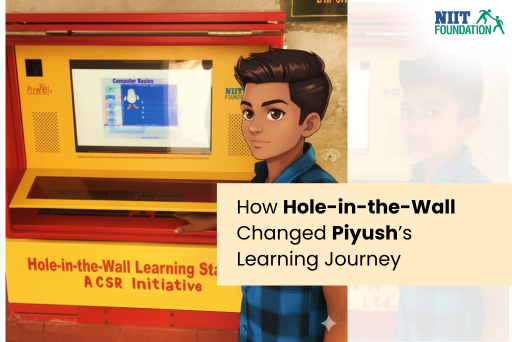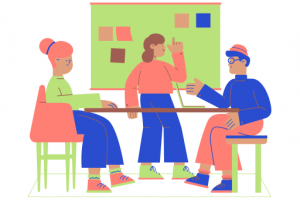Basanti Murmu is a 38 year old lady from Joyrambati, Kolkata, West Bengal. She is a homemaker and has two daughters. Basanti herself has never had any formal education but she is being able to ensure her daughters attend school. She is able to manage her house and expenses efficiently and is even able to save for her family’s future. All of this is possible because Basanti is financially literate.
Most surveys show that financial literacy is poor in India and that over two thirds of the population is still not financially literate. Financial literacy for students is an important tool to improve the financial capability of our youth and communities. The need for financial literacy amongst women is even more in order for them to be financially independent. It is only then that they can confidently chalk out their personal and professional objectives without having to worry about any financial implications.
Financial literacy focuses on the ability to manage personal finance matters in an efficient manner. It is a key life skill required for an individual’s personal and professional growth. It is important because it enables us to provide for ourselves and avoids situations of debt. There are five main components of financial literacy: Earning, Saving and Investing, Spending, Borrowing and Protecting.
A financially literate person is one who knows the basics of banking and savings, practices wise borrowing, investments, knows about risk management and insurance and practices financial planning.
Being Financially Literate can be empowering in more than one way. Good financial practices will result in:
- Better money management
- One can reap the benefits of government financial programs
- One can start planning for the future from initial years for both personal and family’s financial welfare
- One can prepare better for any emergency or crisis
Where e–transaction is becoming a way of life, Financial Inclusion is necessary and only possible when people are financially literate. NIIT Foundation recognizes this need and therefore has created a platform for more women like Basanti Murmu to attend basic financial literacy programs which are being run in partnership with our corporate partners. The program is focused on spreading financial literacy education for all across several states in India.
As we are well aware, the COVID-19 pandemic and the nationwide lockdown severely impacted the basic wages and led to several job losses overnight. As India recovers from a severe economic crisis, let us take a personal oath to include financial planning in our daily lives and spread financial literacy to help each and every individual to achieve financial stability and financial freedom.
















